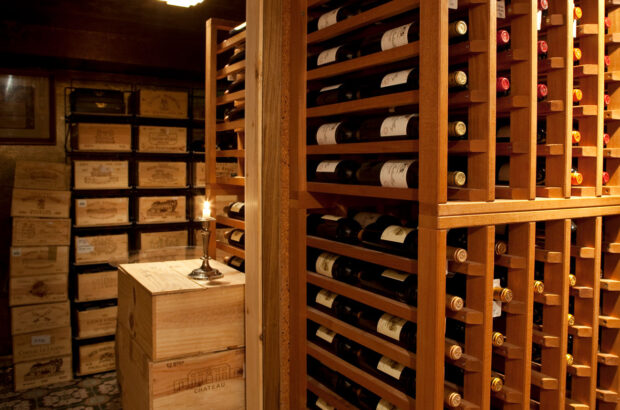Hungary's Tokaj wine region is to get a 330m-euro investment to both upgrade its vineyards and bolster the international reputation of its wines.
The Tokaj wine region. Click on the second picture to see a wine map of the area.
The funding will come from both Hungary’s central government and the European Union and has been allocated until 2020, the Hungarian government said this week.
The wine industry is one of the main employment sources in Unesco-listed Tokaj, with an estimated 5,000 jobs relaying directly on wine.
‘Wine will be a cornerstone of the [investment] project, starting with grape production and winemaking, then everything else,’ said Andras Tombor, head of the Tokaji Regional Development Board.
Beyond winemaking, one of the main aims of the investment is to strengthen the global image and prestige of Tokaji wines, said Tombor, who is also head of state-owned producer Tokaj-Kereskedohaz.
Research commissioned by the Tokaji wine sector has found that producers could increase listings in high-end restaurants. Tokaji wines are listed in 20% of Michelin restaurants in the US, 29% in the UK and around 5% in Germany, France and China.
Around 10m euros have already been committed to a two-year branding project with brand consultancy Claessens International, whose previous clients include Mumm, Perrier-Jouet, Antinori and Petrus, to help develop Tokaj as an international brand.
This year, there will be a global marketing campaign to ‘re-establish recognition for Tokaji wines abroad,’ said Eniko Kiraly of Tokaj-Kereskedohaz.
A major vineyard research programme is also underway, with the results set to be reported in June 2015. The project involves assessing the 11,000 hectares designated as the Tokaji wine growing area for its production potential down to an accuracy of one metre. Around 5,500 hectares of that area are currently planted.
‘The results will show where to direct money for vineyard reconstruction and replanting,’ said Tombor. Some of the 330m euros of funding is also set to be spent on tourism, infrastructure and other agricultural products.
Related Content:
Written by Caroline Gilby MW






